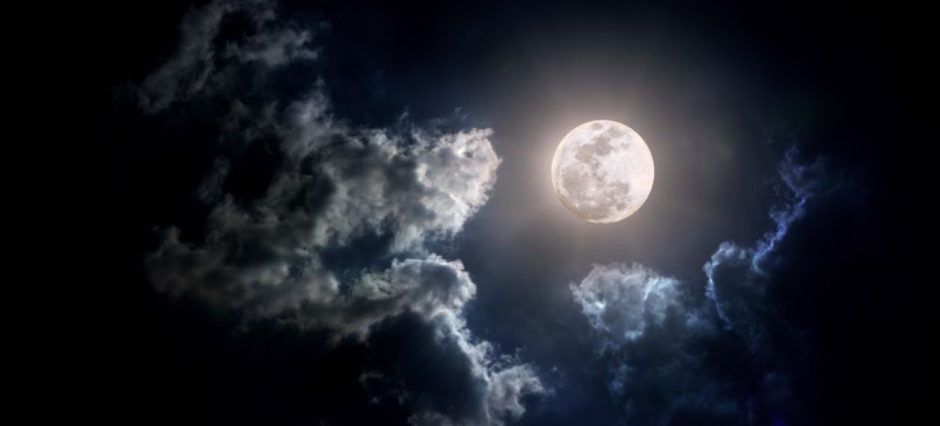As November begins, skywatchers around the globe are preparing for a celestial spectacle the brightest supermoon of 2025, known as the Full Beaver Moon. This extraordinary lunar event promises a radiant display as the Moon reaches its closest point to Earth, appearing larger and more luminous than any other full moon of the year.
According to astronomers, this supermoon will be at perigee, the stage where the Moon’s orbit brings it closest to Earth, resulting in an apparent size increase of nearly 14% and a brightness boost of about 30% compared to a typical full moon. The event offers an exceptional viewing opportunity for astronomy enthusiasts and casual observers alike.
The Full Beaver Moon has its origins in Native American tradition, symbolizing the time when beavers actively prepare for winter. This year’s version carries special significance due to its brightness and visibility conditions, expected to provide crystal-clear moonlit nights ideal for skywatching.
Experts advise finding a location away from city lights for the best viewing experience, preferably during moonrise or moonset when the lunar disc appears largest on the horizon. Stargazers in both the Northern and Southern Hemispheres will be able to witness this stunning natural show, weather permitting.
The event also adds to the year’s ongoing celestial highlights, following remarkable meteor showers and planetary alignments that have captured global attention.
In other environmental developments, the Lahore High Court’s Sunday commercial activity ban aims to reduce smog and light pollution initiatives that may also help improve sky visibility for future astronomical events.











